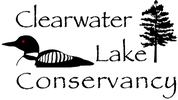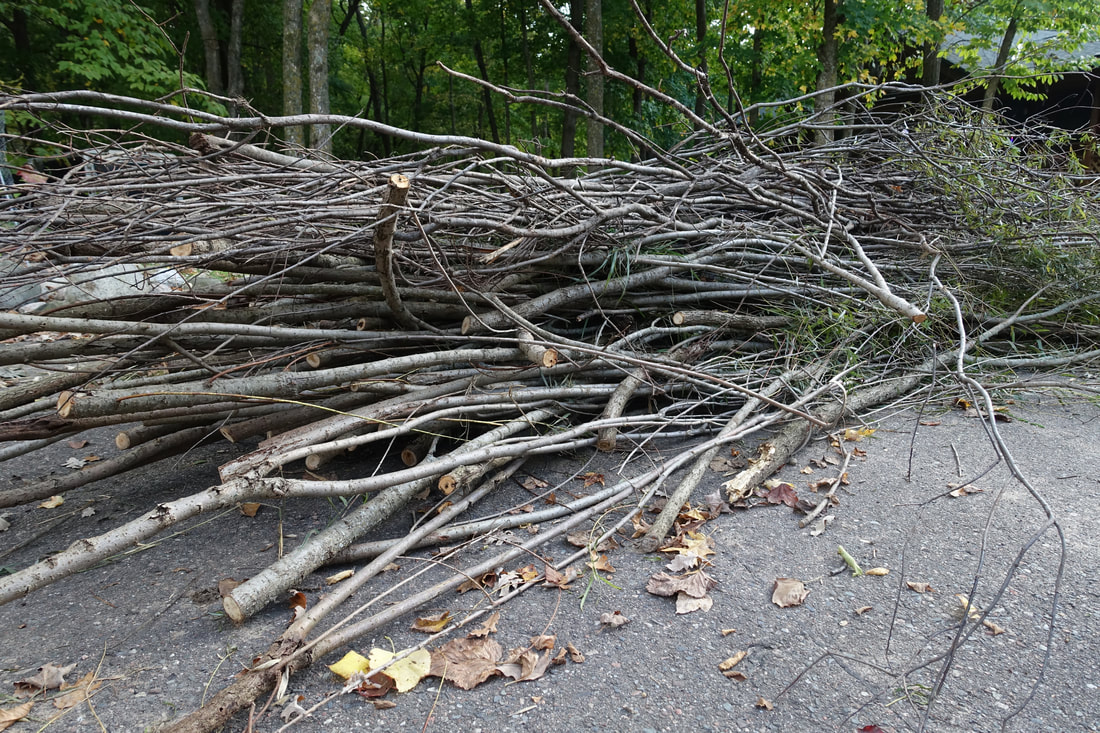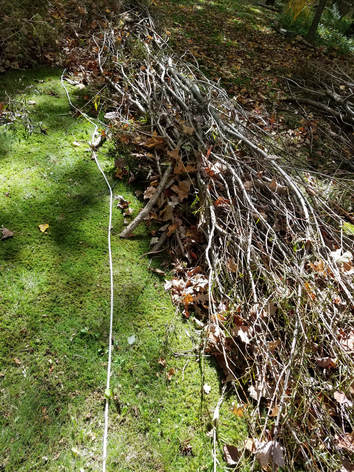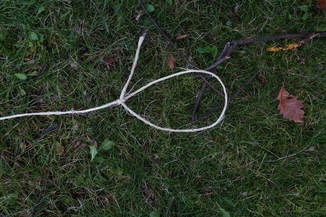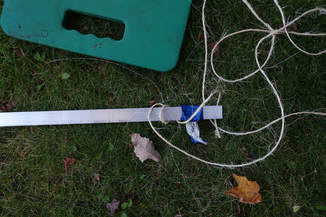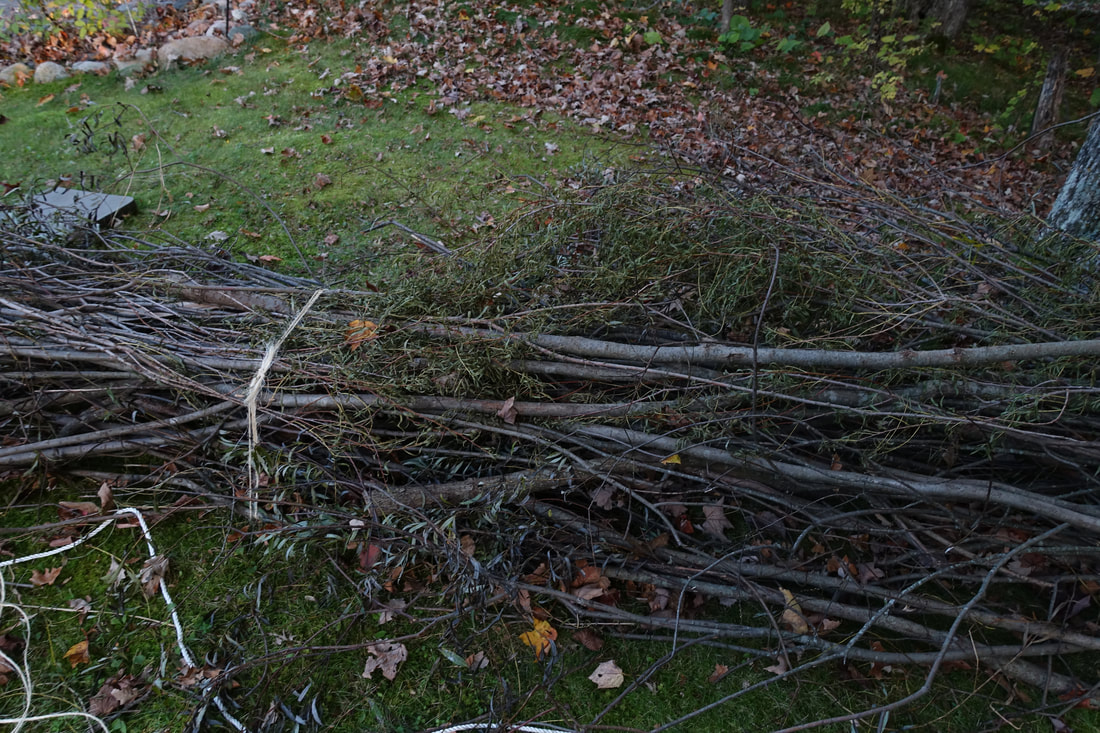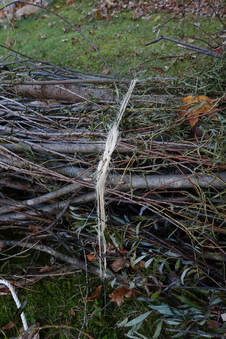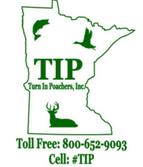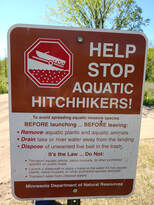|
1. Measure the shoreline
Measure roughly how much shoreline you intend to wattle.Bob and I took a long rope to the shore and measured using the rope.The actual length wasn’t important except to estimate how much willow you will need.
5. Tie the Piles into Wattle logs
All photos by Kathy Peterson.
|
